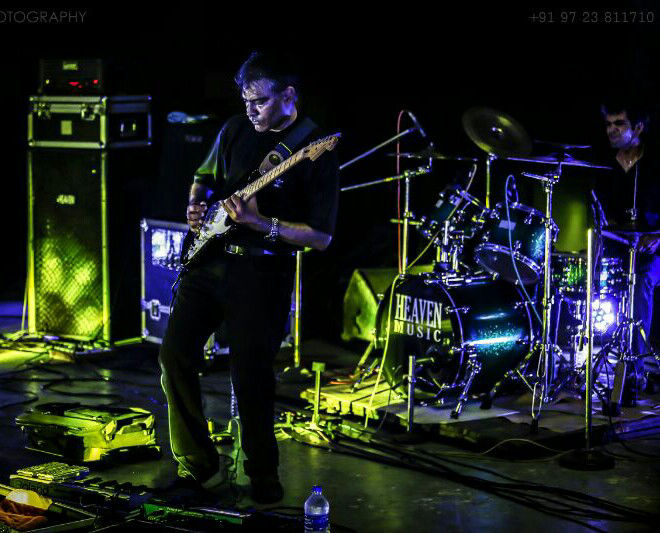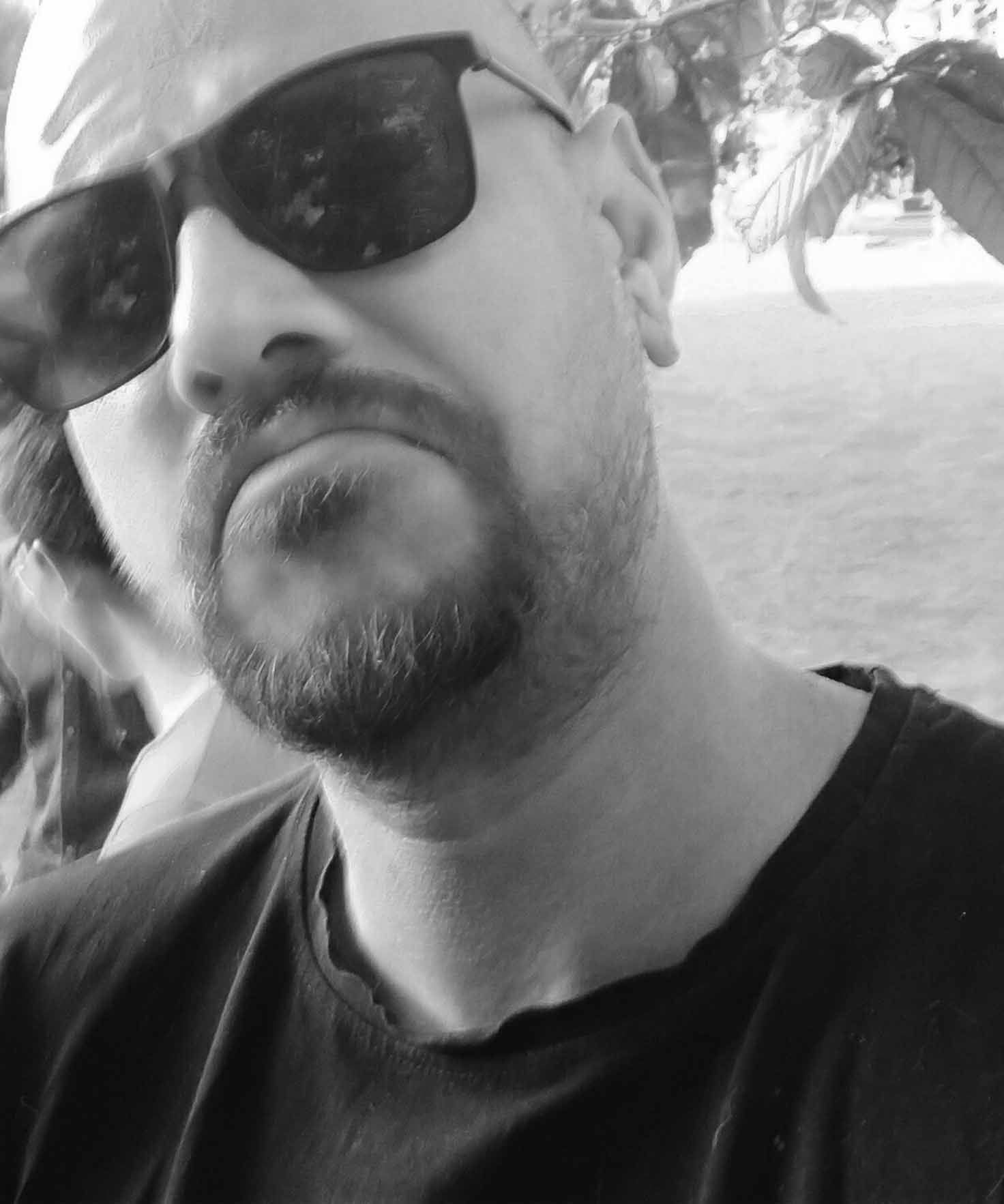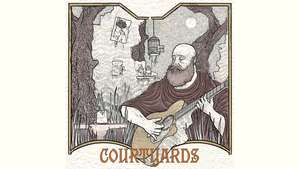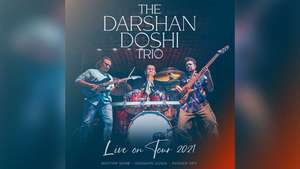
Against the Grain
Thirty-three years is a long time. It falls bang in between a quarter and half a lifetime. You’re well set in your career, maybe your second child is on the way, you’re no longer considered the target market for most music labels and fashion companies and you begin to experience what could only be described as the first signs of nostalgia. Real nostalgia that goes back decades. The world is suddenly a different place. When you look back at photo albums, you realise that thirty-three years ago, your parents were younger than you are today. They were stylish but in an awkward way that you have come to love. You feel an affinity for the music they listened to.
In 1987, exactly thirty-three years ago, Hammersmith took the big stage for the first time. Boys who would go on to make history in the Indian rock and roll scene. Did they know it then? Or were they only trying to do what young men and women at their age want to do? Make an impression. Do what they loved doing. Share their passion? Hindsight is always 20-20.
The boys from Ahmedabad followed a distinct path, while others listened to ABBA, The Carpenters, The Archies, The Everly Brothers, they were hooked onto Jimi Hendrix, Deep Purple, Grand Funk Railroad and Judas Priest. While they were also a perfect blend in the local church community, the many local bands that played opposite their home influenced them. A childhood, unimaginable to Bombay’s snobbery. After all, Bombay was the place to be. It’s where all the stars lived.
“Gujju Rockers! Can you even play?” A few members of the crowd jeered. Too bad for Bombay’s hoi-polloi then. Because these boys won everything at Livewire, the oldest and most prestigious band launchpad in the country. Best guitarist, best drummer, and best bloody group! And this was only the beginning for Hammersmith. In the years to come, they worked corporate jobs. Philipe Haydon at Himalaya Drug Company, Mark Haydon at AstraZeneca, Sharad Tyagi, current MD at Boehringer Ingelheim and Cedric Fernandez. But the music never left them. Philipe Haydon invested Rupees 2 Lacs in those days in a music video for the band.
“I remember the laughter of the cameraman asking us if we were really serious about MTV!” Mark chuckles.
Hammersmith became the first Indian band to be featured on MTV in 1992 when their single ‘Hittin it Harder” was telecasted. They also won an American Talent Search organised by Rodell Records, where they were featured on the CD “Sounds From the Underground.” Edmund Hillary once said – It’s not the mountain we conquer, but ourselves.
He continues, “When we sent our music to Jody Hardy MTV A&R manager in Hong Kong, she immediately liked it and asked us to send our video in the MTV approved format. We just kept recording our music and making videos with no hope of getting them out anywhere except on some slot on Doordarshan, if we were lucky to get one. We played shows and toured the country. In hindsight, it’s good we did shoot those videos, now we have some memories of those days. The moral of the story is to keep the passion high, don’t stop what drives you, don’t worry about the opportunity to showcase, just keep doing. Things will fall in place.”
But to shoot a video back then was a gargantuan task. In the current era of YouTube, DSLRs, even smartphones that record native 4K, sound recorders that you can hire for a few thousand rupees and full-on sound and editing software on your laptop, spending 2 lacs on an indie music video is unheard of. Remember, 2 lacs then is equivalent to 13 lacs today! To add to it, distribution was a nightmare.
“Those were terrible days for an independent band to get their music out. First, everything was controlled by the record companies who decided who would get a record deal, and second, who would take a band from Ahmedabad seriously?” Mark sighs. “Now it’s so easy to get music out onto the mainstream thanks to Spotify and other online streaming platforms. Plus video costs have dropped, although a good video shot at a prime location would still cost money. However, in today’s world of reducing attention spans, the number of expensive videos being made seems to be less.”
Mark is right. Production values have declined with greater access. We have all the equipment at our disposal, yet we lack the patience and contemplation needed to produce art of merit.
We ask him a dreaded question. “So If we were to put you in an alternate reality where you were at that age today, would you pursue nothing but music?”
“A tough question to answer. Maybe one could have a day job and as things get better musically, one could wean off the job and stick to music. Today I see many musicians opening music schools, an opportunity that was much less in the ’80s. For ten years my brother and I built a recording studio and donned the role of music composers to churn out president Abdul Kalam’s only song, Mallika Sarabhai’s “Devi” (ISRO’s Chandrayan’s background score) and Fazal Qureishi’s ‘Timeless Taleem.” So maybe a career in music production could have also been on the cards.”
We strike him with another one, this time more personal and a little eviler. Our co-founder knows how to tug at musicians’ guitar strings, which obviously are the same as their heartstrings!
“You seem to have a substantial collection, as many guitarists do. But every guitarist has that one favourite. The one that may have memories attached to it, or maybe the one that plays a song the best. Which is the one guitar you would save from a calamity if you had only one choice?” we probe.
“Another tough question!” Mark immediately claps back. “Please don’t do this LOL. Do I love my Fender Stratocaster more than the Gibson Les Paul? Difficult to say, maybe I would pick my Synthesizer Guitar made by Fender, which can reproduce the sounds of my Gibson’s and other guitars in its computer memory. That way I have virtual models of my main guitars! I am very interested in Guitar Synthesizer technology and have a sizeable collection of Guitar Synthesizers. In fact, 40% of my guitar collection has synth capability. Some of my videos show the capability of the guitar to create a string section along with the guitar.”
Catching up with Mark made us crave the erstwhile rock scene. Looking at the aged and distressed newspaper clippings Mark had sent us, the certificates, the faxes from MTV and best of all, a scan of them featured in Rock Street Journal in 1995, we couldn’t help but ask him one last thing – Did they have any younger fans among the younger millennials and Gen-Z?
“Oh yes!” he smiles, “A lot of youngsters watch my videos, in fact, quite a few of them are close friends, plus the fact that I teach guitar at St. Xavier’s has opened my music to a younger generation.”











Comments